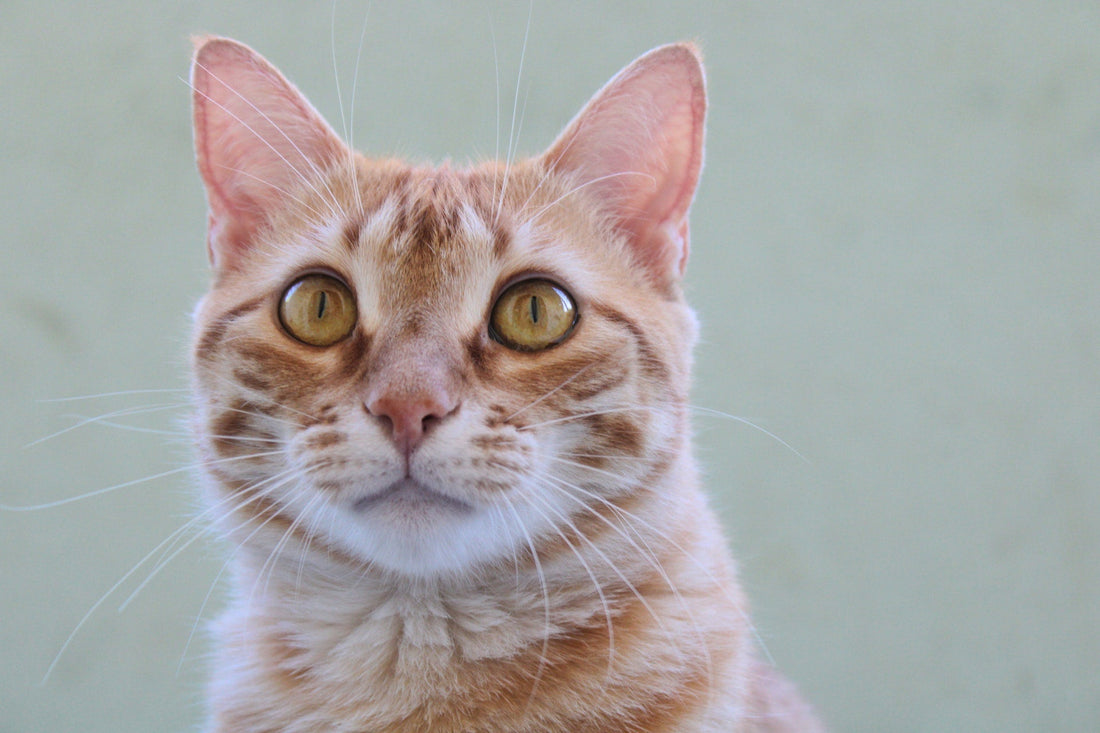Paying attention to your cats' bowl enables you to monitor their wellbeing. There are a variety of reasons that impact your cats' eating behaviours. A complete loss of appetite, however, can often indicate a potential underlying illness, and a prolonged period of not eating should be taken seriously and requires immediate veterinary intervention to identify the source of the problem. Read on to learn about the causes of decreased appetite and tips to increase your cats' appetite.
Causes for a loss of appetite could range from stress or grief to illnesses:
Stress or depression
Stress or depression can cause reduced desire to move about and lead to reductions in food intake. Most cats are sensitive to changes in their environment, such as a new home, a new family member, the addition or loss of another pet.
Dental disease
Pain is a very important reason why cats become less keen to eat. The most common cause is dental and gum diseases. Common signs that might indicate your cats have oral pain include red/swollen gums, smelly breath, drooling, suddenly becoming a sloppy eater/dropping food outside the bowl before eating.
Kidney disease
Older cats are more susceptible to most diseases, and kidney disease could be the underlying cause for your cats not eating, so it's important to schedule an appointment with your vet at the first sign of behavioural changes, including appetite loss.
Tips to improve your cats' appetite include:
Hand feed your cats
Encourage your cats to eat by putting small pieces of food on your finger to be licked off.
Spice up your cats' food
Adding strong-flavoured foods, such as fish, chicken or prawns, to dry food often helps. Its pungent aroma may also stoke your aging cats' failing sense of smell.
Garnish with catnip
Sprinkle some catnip on your cats' food. Catnip is a safe way to pique your cats' appetite and also helps with digestion.
Switch your cats' food
Instead of throwing your hands up and trying to force your cats to eat food, consider switching it for a different texture or flavour. Just make sure to do so gradually as an sudden change could cause gastrointestinal issues.
Heating your cats' food slightly
Warming your cats' food to body temperature before serving it to them may help emit beckoning aromas and make their food more appealing.
Relocate your cats' food bowl
Change the location of the food bowl. If you have a multi-cat household and give them their own food and water bowls and put distance between the locations. This may mean in different parts of the kitchen or in separate rooms.
Introduce your cats slowly to new spaces or new pets
Try to make transitions as easy on your cats as possible and give them a quiet and calm hideout away from noise, and carve out time to play with your cats and bestow ample amounts of love and attention.
Source: PetMD
Featured image by Jéssica Sanches

